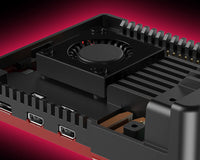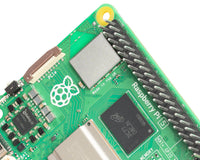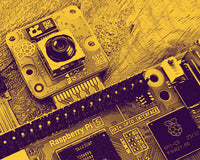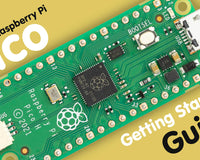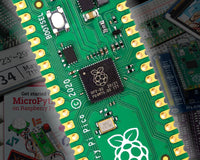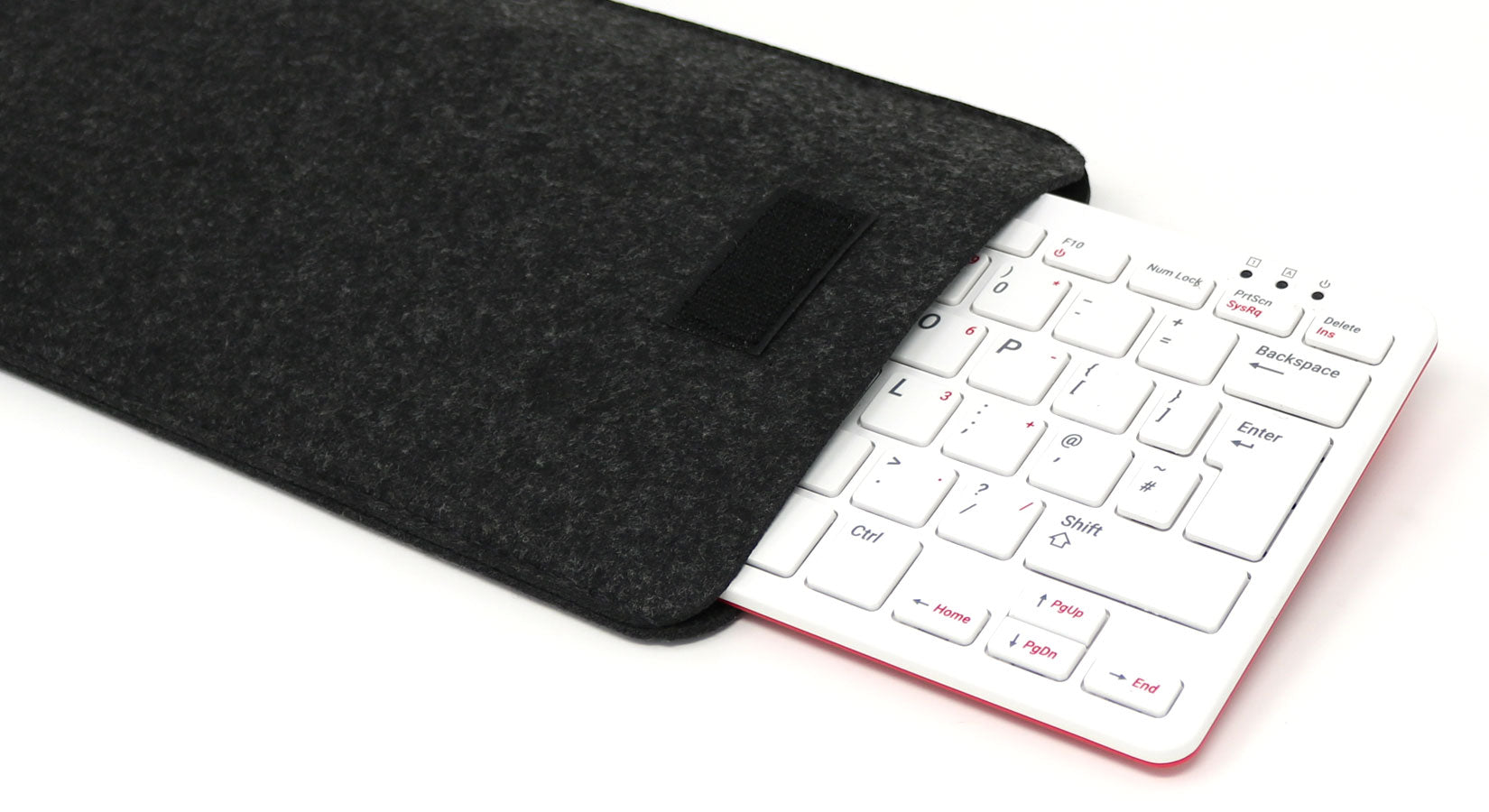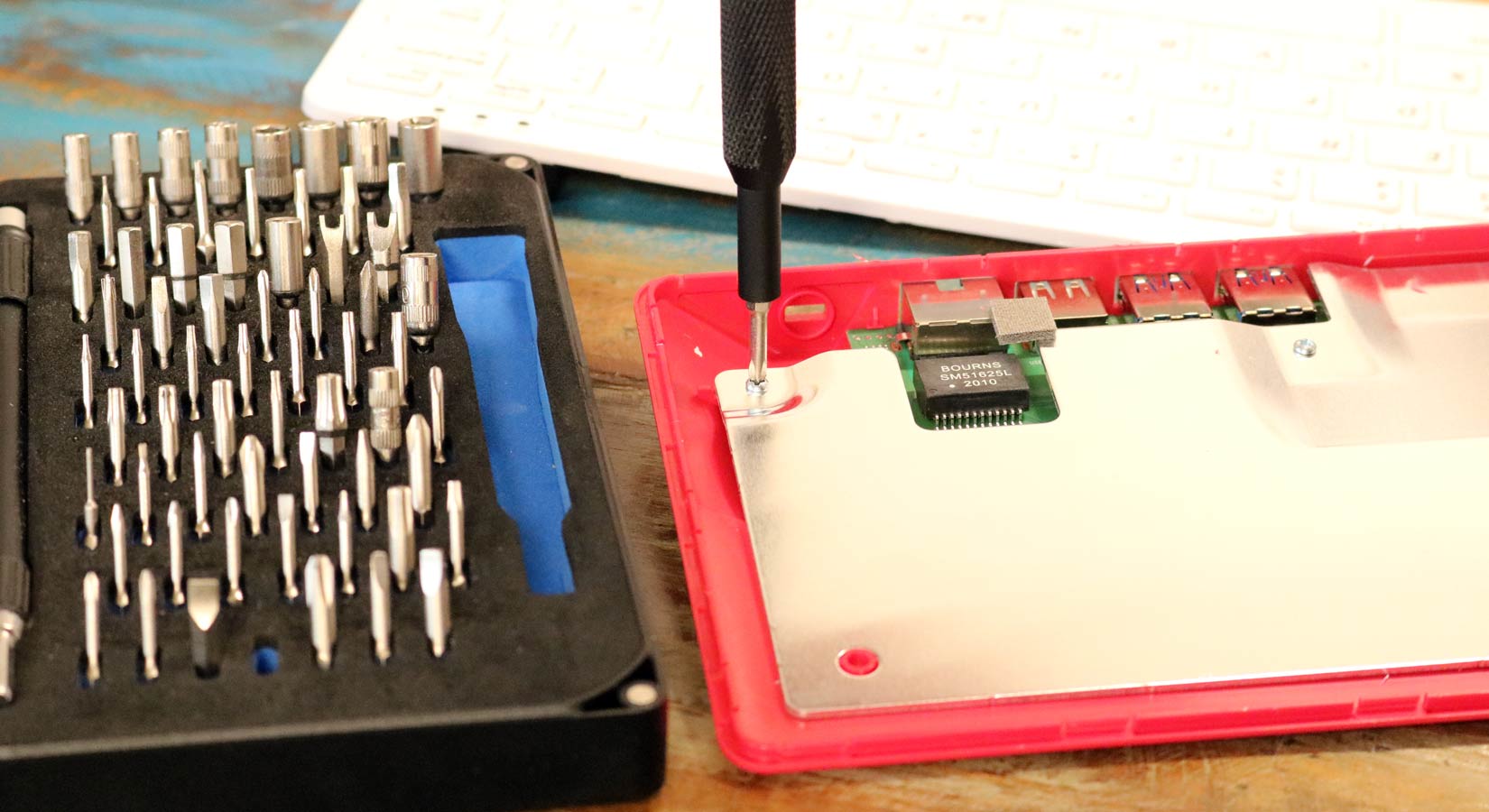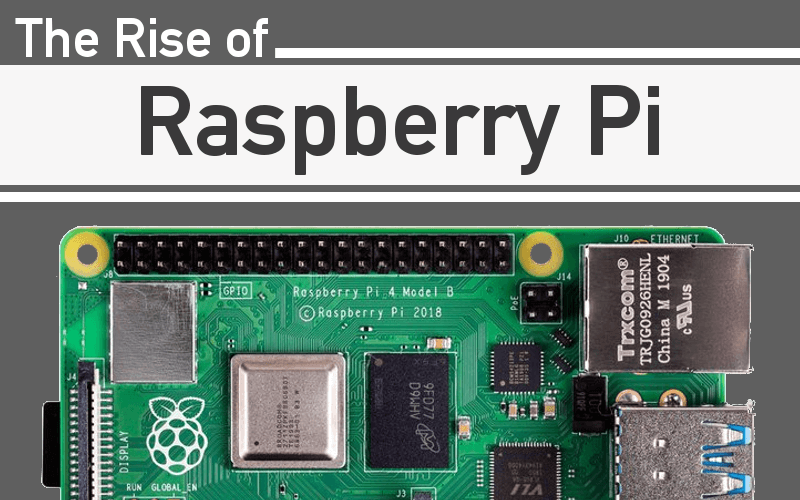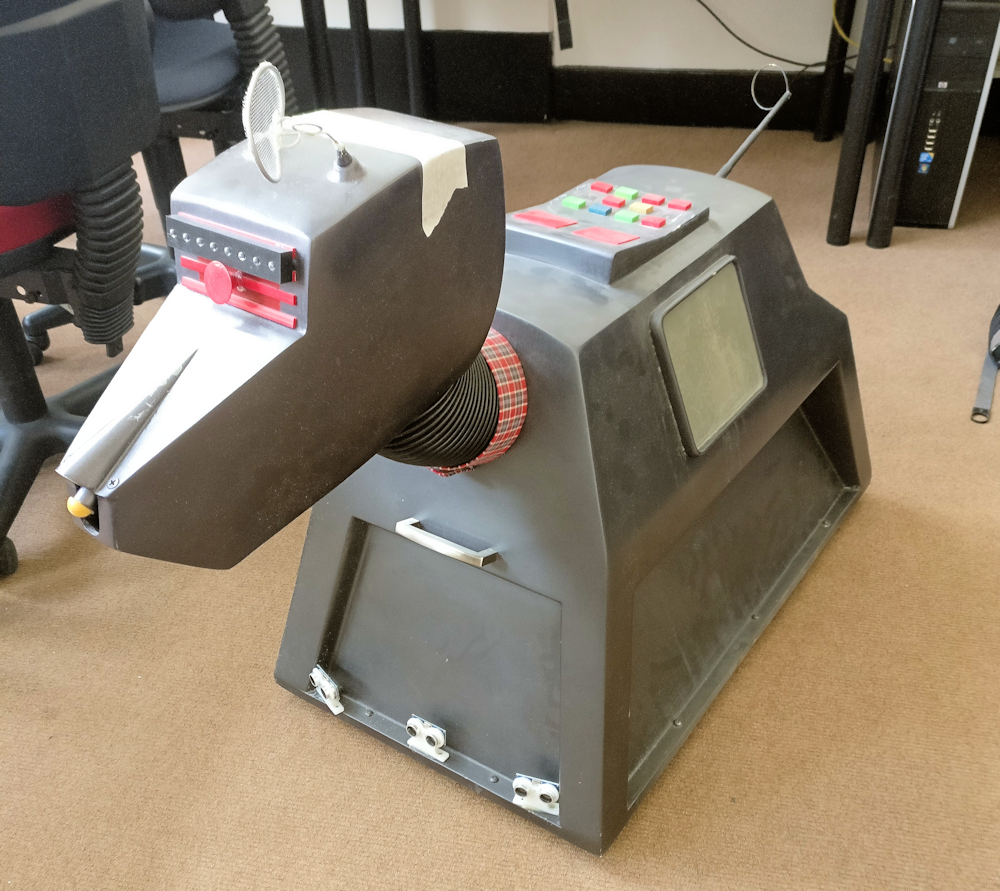
Raspberry Pi Roundup - a Doctor Who rescue mission, image recognition, steam whistles and a weather station
K9 Rescue

Gary Taylor from Dundee’s Abertay University found an original, but water-damaged, K9 BBC TV prop in his University’s lab and, because he is an enormous Doctor Who and robotics fan, wanted to resurrect it. This formed the basis for his final year dissertation: “Creating an Autonomous Robot Utilising Raspberry Pi, Arduino, and Ultrasound Sensors for Mapping a Room”.
Though only the shell survived the water-damage, caused by a hole in the Lab’s roof, Gary decided to fill the insides with new robotics equipment and also a Raspberry Pi 3 to control it. With the aid of an Arduino Mega to control the motors and sensors, the Pi was the central brains providing a remote control interface over Bluetooth and saving the environment-sensing data to a SQLite database. You can see the block diagram for the set-up at the bottom of this post.
In the end, the project was too complex to complete and, after several test runs, he was unable to get the autonomous part of the project working (Ultrasonic sensor unreliability is the cause here, I reckon) but the mobile phone-over-Bluetooth remote worked very well.
You can read more over on the Electronic Engineering Journal.
Image Recognition

Ken Walker has developed an Alexa skill which uses a Raspberry Pi and camera to take a picture and then use APIs and online services to determine what the camera can see. The Alexa device (say, an Echo) then reads out what the camera saw. Called SeeTalker, the Raspberry Pi side is constructed using a Touchscreen and Camera Module and encased inside a SmartiPi case.
The full instructions for the project are over on Hackster.io.
Whistles!

Steve Messam is an artist who has been working on a new sound installation project for the City of Newcastle. Called “Whistle”, the project involves the distribution of 16 steam engine whistles around the historic walls of the city. The whistles are triggered at 1pm every day by Raspberry Pis which are connected to the National Physical Laboratory’s atomic clock in London so that the timing is super-accurate. The equipment is powered by batteries which are charged from solar energy making each whistle a standalone project in itself. Nebula Labs were tasked with programming the Pis which use air instead of steam to make the whistles sound. You can read a little more about the project in the Teesdale Mercury.
Weather Station

It’s always good to see the Raspberry Pi Foundation create new resources, and this is a particularly good one because of the size and scope of the project involved.
Those of you with good memories will remember the launch of the Foundation/Oracle Weather Station project which looked to supply schools and other groups with one of their Weather Station kits. Despite many calls for this kit to be put on sale, the Foundation were oddly reluctant. However, they’ve now come up with a way for you spin-your-own by buying the components and constructing the necessary circuits yourself.
Two methods are described: one soldered, the other solderless. The components used are very similar to the ones used in the Oracle project and the full bill of materials is listed.
Unfortunately for UK people, some of these are in the States, so expect a hefty shipping bill (the cheapest for me was $35, which is about half the price of the kit itself) for the main sensors!
It’s a great tutorial from the team and you can see the whole thing on their Projects site.

